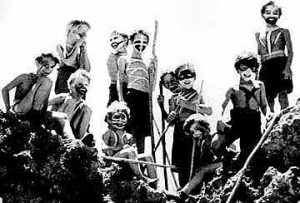
“Like any orthodox moralist Golding insists that Man is
a fallen creature, but he refuses to hypostatize Evil or
to locate it in a dimension of its own.
On the contrary Beelzebub, Lord of the Flies,
is Roger and Jack and you and I,
ready to declare himself as soon as we permit him to.”
—from “The Fables of William Golding” by John Peter, 1957
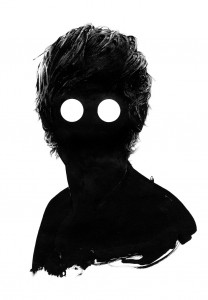 “Lord of the Flies is a very serious book which has to be introduced seriously. The danger of such an introduction is that it may suggest that the book is stodgy. It is not. It is written with taste and liveliness, the talk is natural, the descriptions of scenery enchanting. It is certainly not a comforting book. But it may help a few grownups to be less complacent and more compassionate, to support Ralph, to respect Piggy, control Jack, and lighten a little the darkness of man’s heart. At the present moment (if I may speak personally), it is respect for Piggythat seems needed most. I do not find it in our leaders.”
“Lord of the Flies is a very serious book which has to be introduced seriously. The danger of such an introduction is that it may suggest that the book is stodgy. It is not. It is written with taste and liveliness, the talk is natural, the descriptions of scenery enchanting. It is certainly not a comforting book. But it may help a few grownups to be less complacent and more compassionate, to support Ralph, to respect Piggy, control Jack, and lighten a little the darkness of man’s heart. At the present moment (if I may speak personally), it is respect for Piggythat seems needed most. I do not find it in our leaders.”
—E. M. Forster, introduction to Howard-McCann edition of
Lord of the Flies, 1962
 “The South-Sea island setting suggests everyone’s fantasy of lotus-eating escape or refuge from troubles and care. But for Golding this is the sheerest fantasy: there is no escape from the agony of being human, no possibility of erecting utopian political systems where all will go well. Man’s inescapable depravity makes sure “it’s no-go” on Golding’s island just as it does on the various islands visited by Gulliver in Swift’s excoriating examination of the realities of the human condition.”
“The South-Sea island setting suggests everyone’s fantasy of lotus-eating escape or refuge from troubles and care. But for Golding this is the sheerest fantasy: there is no escape from the agony of being human, no possibility of erecting utopian political systems where all will go well. Man’s inescapable depravity makes sure “it’s no-go” on Golding’s island just as it does on the various islands visited by Gulliver in Swift’s excoriating examination of the realities of the human condition.”
—from The Novels of William Golding by S. J. Boyd, 1988
Golding himself had this to say about Lord of the Flies in his essay collection A Moving Target (1985):
More than a quarter of a century ago I sat on one side of the fireplace and my wife on the other. We had just put the children to bed after reading to the elder some adventure story or another—Coral Island, Treasure Island, Pirate Island, Magic Island. God knows what island. Islands have always and for good reason bulked large in the British consciousness. But I was tired of these islands with their paper-cutout goodies and baddies and everything for the best in the best of all possible worlds. I said to my wife, “Wouldn’t it be a good idea if I wrote a story about boys on an island and let them behave the way they really would?” She replied at once, “That’s a first class idea. You write it.” So I sat down and wrote it.
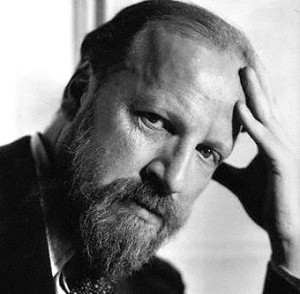 A story about boys, about people who behave as they really would! What sheer hubris! What an assumption of the divine right of authors! How people really behave—whole chapters in that row of books behind my chair do little in the last analysis but agree to or dissent from that first casual remark. How then did I choose a theme? Even then, did I know what I was about? It had taken me more than half a lifetime, two world wars and many years among children before I could make that casual remark because to me the job was so plainly possible.
A story about boys, about people who behave as they really would! What sheer hubris! What an assumption of the divine right of authors! How people really behave—whole chapters in that row of books behind my chair do little in the last analysis but agree to or dissent from that first casual remark. How then did I choose a theme? Even then, did I know what I was about? It had taken me more than half a lifetime, two world wars and many years among children before I could make that casual remark because to me the job was so plainly possible.
Yet there is something more. In a way the book was to be and did become a distillation from that life. Before the Second World War my generation did on the whole have a liberal and naïve belief in the perfectibility of man. In the war we became if not physically hardened at least morally and inevitably coarsened. After it we saw, little by little, what man could do to man, what the Animal could to do his own species. The years of my life that went into the book were not years of thinking but years of feeling, years of wordless brooding that brought me not so much to an opinion as a stance. It was like lamenting the lost childhood of the world. The theme defeats structuralism for it is an emotion.


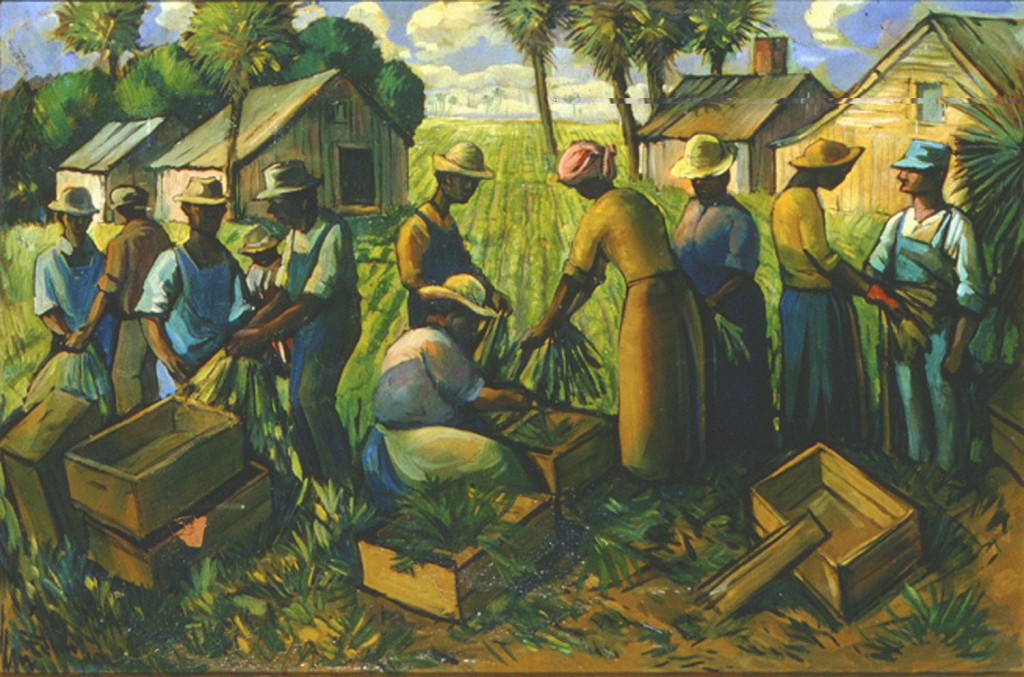
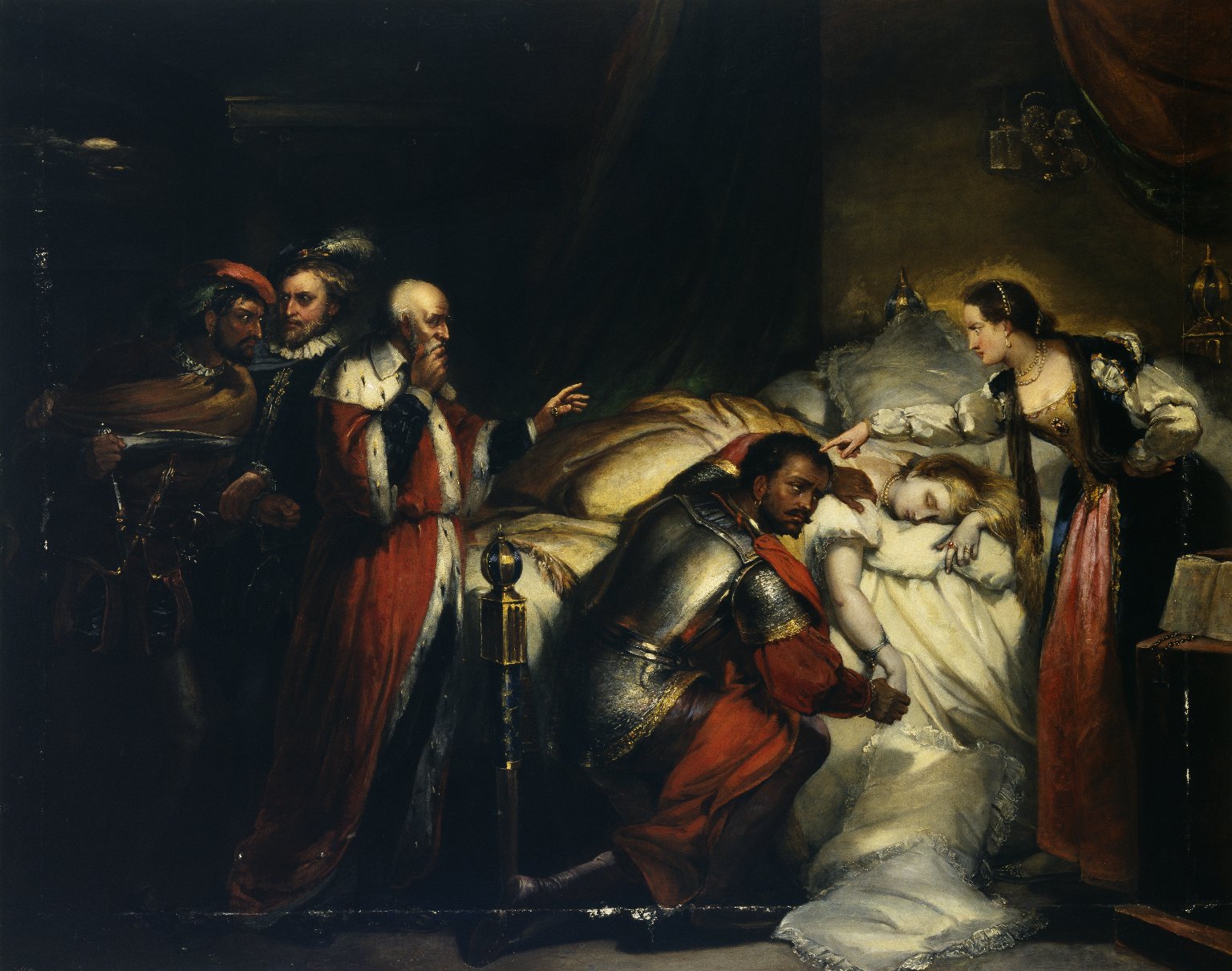
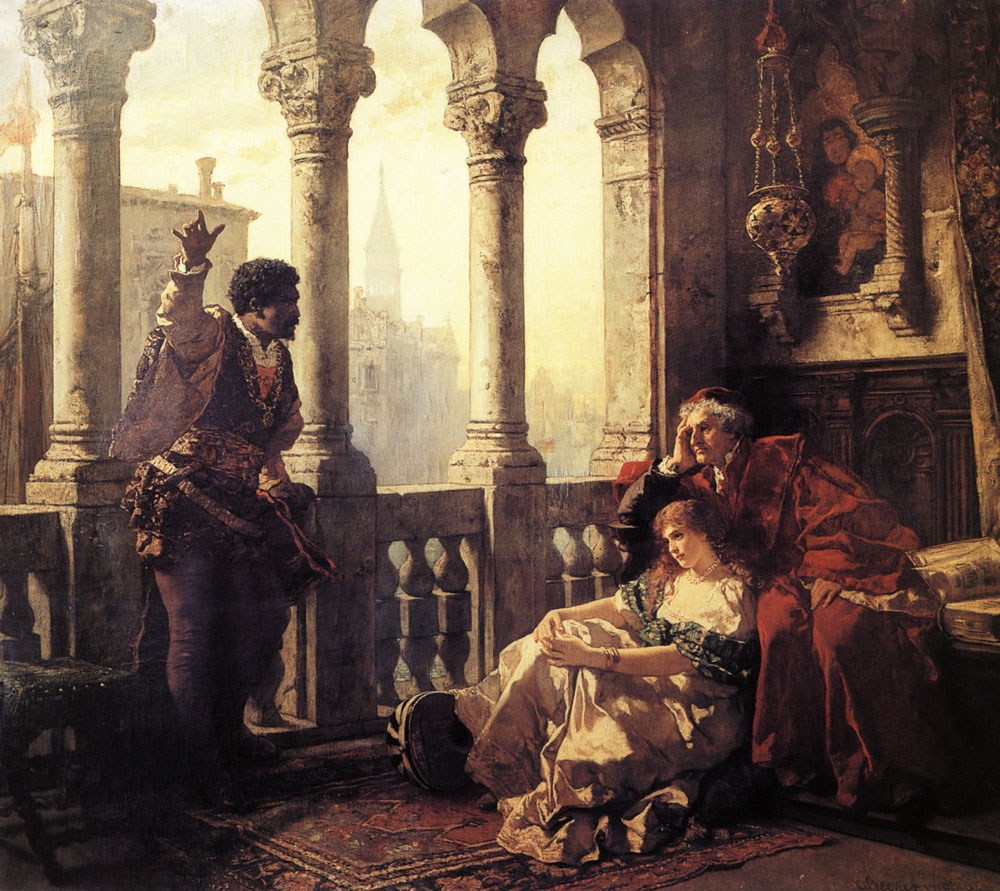
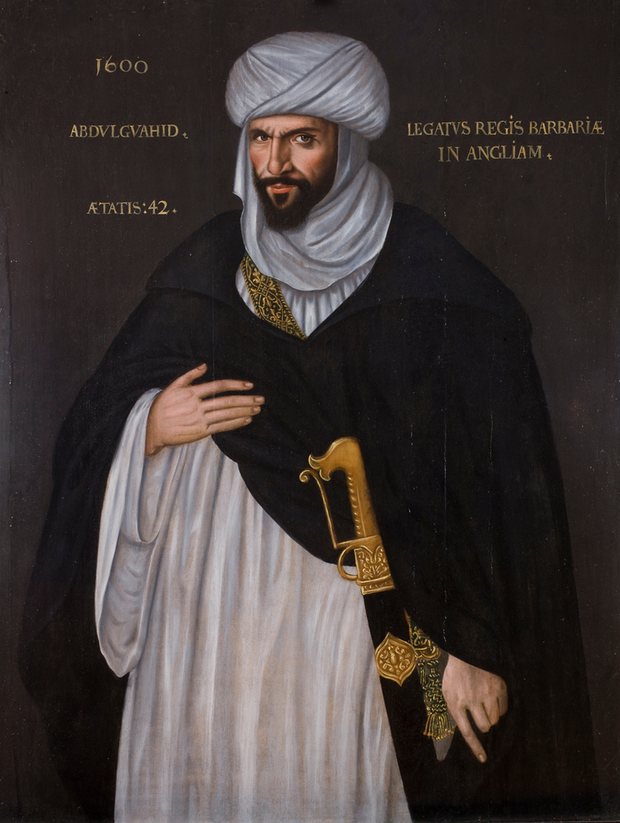
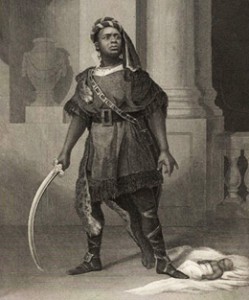
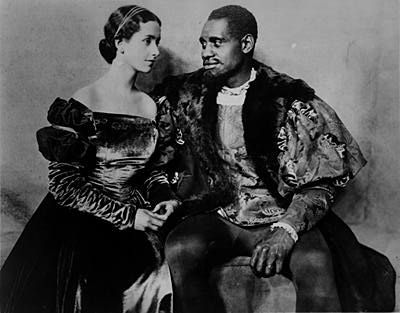 Perhaps the best-known Othello in the United States is the renowned actor Paul Robeson. The son of an escaped slave, Robeson had built an international reputation not only from his role in the musical Show Boat, but as an athlete and an attorney. Robeson had a commanding physical presence that suited the role perfectly, but his casting against the young British actress Peggy Ashcroft in 1930 was not without controversy. Technical issues like poor staging and difficult acoustics made performing difficult. But no one argued with the power of Robeson’s performance. Ivor Brown, the critic for The Observer, described Robeson as “… an oak…a superb giant of the woods for the great hurricane of tragedy to whisper through, then rage upon, then break.” Audiences at the premiere gave Robeson twenty curtain calls. But, given the societal segregation of the time, Robeson had detractors as well who criticized everything from his interpretation of the role to how he pronounced the words of Shakespeare’s text. Samantha Ellis writes:
Perhaps the best-known Othello in the United States is the renowned actor Paul Robeson. The son of an escaped slave, Robeson had built an international reputation not only from his role in the musical Show Boat, but as an athlete and an attorney. Robeson had a commanding physical presence that suited the role perfectly, but his casting against the young British actress Peggy Ashcroft in 1930 was not without controversy. Technical issues like poor staging and difficult acoustics made performing difficult. But no one argued with the power of Robeson’s performance. Ivor Brown, the critic for The Observer, described Robeson as “… an oak…a superb giant of the woods for the great hurricane of tragedy to whisper through, then rage upon, then break.” Audiences at the premiere gave Robeson twenty curtain calls. But, given the societal segregation of the time, Robeson had detractors as well who criticized everything from his interpretation of the role to how he pronounced the words of Shakespeare’s text. Samantha Ellis writes: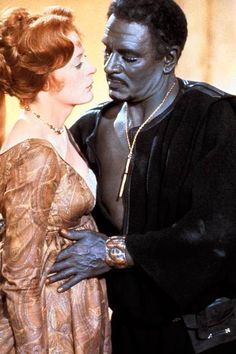 Despite the positive reception of an African-American actor in the role, the Oscar-nominated 1965 production (the highest number for a Shakespeare film in history) starring Sir Laurence Olivier and a very young Dame Maggie Smith as Desdemona reverted to type: The famous English actor played the role in makeup. This was the first cinematic Othello to be shot using color film, and Oliver was as meticulous about that as he was about developing the physical character through a deep voice and a special walk. He stated in an interview with Life magazine in 1964 that, “
Despite the positive reception of an African-American actor in the role, the Oscar-nominated 1965 production (the highest number for a Shakespeare film in history) starring Sir Laurence Olivier and a very young Dame Maggie Smith as Desdemona reverted to type: The famous English actor played the role in makeup. This was the first cinematic Othello to be shot using color film, and Oliver was as meticulous about that as he was about developing the physical character through a deep voice and a special walk. He stated in an interview with Life magazine in 1964 that, “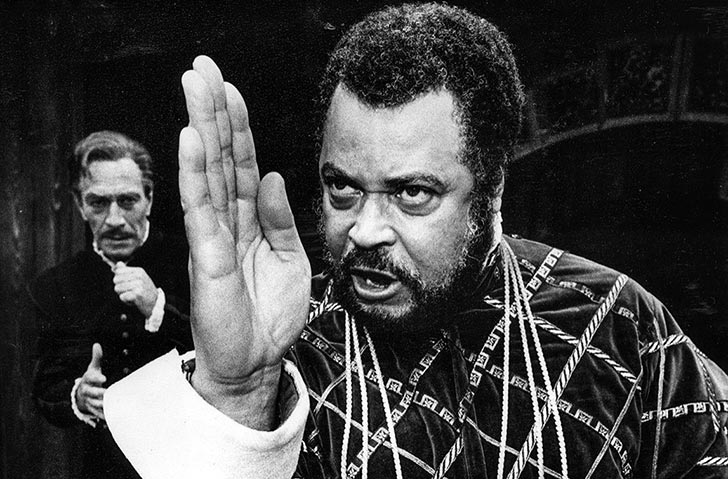 Perhaps the pushback against the Olivier production opened the door for the now generally-accepted casting of an African-American actor in the role. Famous Othellos of the last several decades include theater luminaries like James Earl Jones, Oscar-nominated actor Laurence Fishburne in a stellar 1995 production starring Kenneth Branagh as Iago and French actress Irene Jacob as Desdemona, and young actor Mekhi Phifer in “O,” a contemporary version that transforms the military conflict into a basketball rivalry set in a high school. Other famous actors who have played Othello include Orson Welles, Sir Anthony Hopkins, Chiwetel Ejiofor, and Eamonn Walker in a 2001 TV movie co-starring Christopher Eccleston (best known as the ninth Doctor Who) as Iago, which transplants the action from Venice and Cyprus to a London police station.
Perhaps the pushback against the Olivier production opened the door for the now generally-accepted casting of an African-American actor in the role. Famous Othellos of the last several decades include theater luminaries like James Earl Jones, Oscar-nominated actor Laurence Fishburne in a stellar 1995 production starring Kenneth Branagh as Iago and French actress Irene Jacob as Desdemona, and young actor Mekhi Phifer in “O,” a contemporary version that transforms the military conflict into a basketball rivalry set in a high school. Other famous actors who have played Othello include Orson Welles, Sir Anthony Hopkins, Chiwetel Ejiofor, and Eamonn Walker in a 2001 TV movie co-starring Christopher Eccleston (best known as the ninth Doctor Who) as Iago, which transplants the action from Venice and Cyprus to a London police station.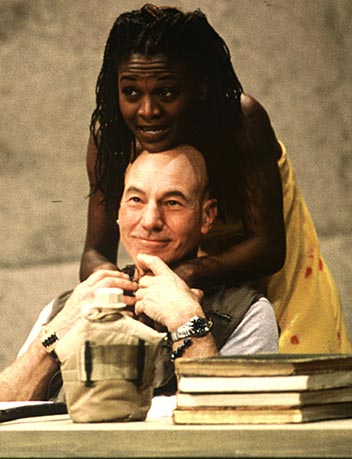
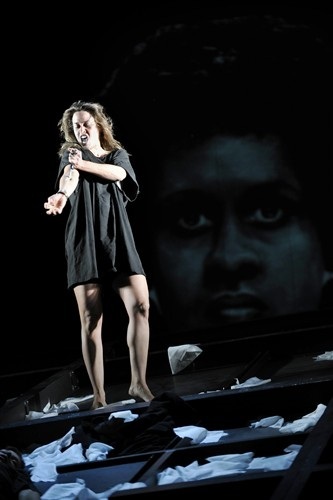 Speaking of foreign: A German production at the Deutsches Theatre in 2001 pushed the boundaries of the character by not only casting a white actor as Othello, but a female one. This more avant-garde production starring actress Susanne Wolff sees Wolff utter her lines in varying costumes progressing from a simple black-and-white shirt and pants ensemble to—believe it or not—a gorilla suit intended to show Othello’s shift from loving partner to a more animalistic creature bent on vengeance. Blogger/reviewer Andrew Haydon says about the production, “Okay, there are two headlines to choose from here: 1) I’ve just seen the best production of Othello I’ve ever seen. 2) I’ve just seen a production of Othello in which Othello is played by a white woman in a gorilla costume. My job, then, is to explain how (2) manages to be (1).”
Speaking of foreign: A German production at the Deutsches Theatre in 2001 pushed the boundaries of the character by not only casting a white actor as Othello, but a female one. This more avant-garde production starring actress Susanne Wolff sees Wolff utter her lines in varying costumes progressing from a simple black-and-white shirt and pants ensemble to—believe it or not—a gorilla suit intended to show Othello’s shift from loving partner to a more animalistic creature bent on vengeance. Blogger/reviewer Andrew Haydon says about the production, “Okay, there are two headlines to choose from here: 1) I’ve just seen the best production of Othello I’ve ever seen. 2) I’ve just seen a production of Othello in which Othello is played by a white woman in a gorilla costume. My job, then, is to explain how (2) manages to be (1).”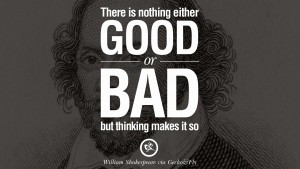
Thug Notes: Lord of the Flies
Life in this hood is savage, yo! Salty language and adult themes ahead. Proceed with caution.
Comments Off on Thug Notes: Lord of the Flies
Filed under AP Literature
Tagged as analysis, AP, commentary, LOTF